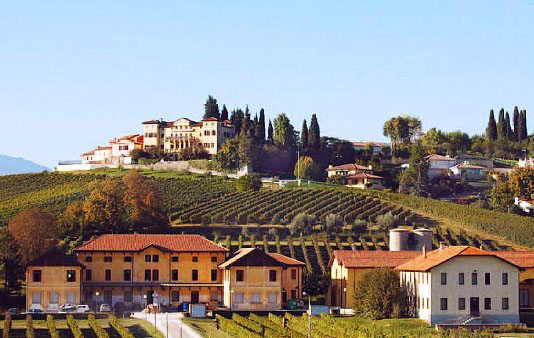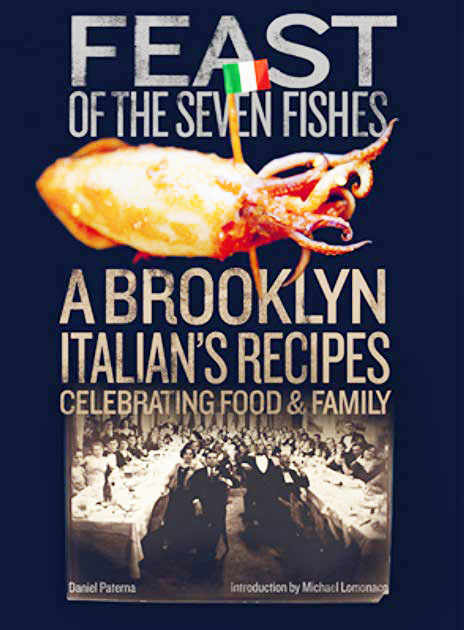Italy’s Prosecco Hills are located in the province of Treviso, northeast of Venice. For centuries, the rugged land has been cultivated for the growing of grapes for wine, specifically for the delightful sparkling variety known as Prosecco. Now these hills have been added to the UNESCO World Heritage List, bringing Italy’s world-leading total to 55, eight of which are in the Veneto region.
The grapes are grown in the Conegliano and Valdobbiadene Hills, in a landscape characterized by is a long, narrow ridges and steep slopes. Here you will find forests and farm lands, small villages and ciglioni – small plots of vines on narrow grassy terraces. Since the 17th century, the use of ciglioni has created an unusual landscape with the rows of vines running parallel to the slopes on terraces created entirely by hand. The soils of Conegliano and Valdobbiadene have very ancient origins, in part carved from the glaciers of the Dolomites and also from the raising of the lake beds that were left behind when the glaciers retreated. The resulting soils are deep and comprise sand and clay along with rock. It is also rich in iron oxides.
The Prosecco sparkling white wine is produced throughout nine different provinces in northeastern Italy, spanning over 500 towns and villages, but only one province and 15 towns can lay claim to the manufacture of Prosecco Superiore DOCG, the highest-quality sparkling wine. Of the 50,000 acres of vine-covered area in the province, only 260 are designated for Prosecco’s top wine denomination, Cartizze Superiore. All of these towns are clustered around Conegliano and Valdobbiadene, where complex geology is believed to be the reason for the unique and flavorful taste of the Prosecco. In recent years, the world has also taken note of the exceptional quality and flavor of Prosecco. Sales continue to climb each year. For example, in 2018, sales figures rose by six percent to 460 million bottles, of which 75 percent were exported. Prosecco sales now exceed those of Champagne.
There are many people who think that Prosecco is just another version of Champagne, but even though there are similarities, the sparkling wines are quite different. Champagne is made in a specific area of France and is produced primarily from Chardonnay and Pinot Noir grapes that are fermented twice; the second time in the bottle where it stays for three to four years before being released. Prosecco is made from Glera grapes and also goes through two fermentations, but the second fermentation takes place in an Autoclave (a pressurized tank), where it usually stays for three to four months. The different processes and different grapes yield distinctively different wines. An important thing to remember about any sparkling wine is the dryness rating. Most of the Prosecco that you will find in your local wine shop will carry the designations Brut or Extra-Dry, with Brut being the drier of the two.
In 1966, the first wine route in Italy was established in the province – the Prosecco and Colli Conegliano Valdobbiadene Wine Road. This route derives from the old Strada del Vino Bianco and it represents a unique opportunity to experience the countryside area and its marvelous landscape filled of vineyards, villas and castles. Now that the area has been added to the list of UNESCO Sites, tourism in the area will unquestionably see a surge, much to the delight of the visitors. In Italy, Prosecco is consumed in abundance. It is appreciated for its taste as well as its versatility. Served at celebrations, parties and to cleanse the palate before a meal, it is as refreshing in the summer as it is delectable in the winter.
The province of Treviso is also known as the ‘Kingdom of flavors’ thanks to its specialties; not only its prestigious Prosecco, but also its world-famous radicchio, mushrooms, salamis, chestnuts and other local products. During the year, numerous food and wine festivals are held where visitors can taste and appreciate the local delicacies. Since the process of being listed with UNESCO has taken almost a decade, the people and businesses of the Prosecco Hills are experiencing a moment that they have long waited for and a trip to the area is sure to be a treat in many, many ways.





